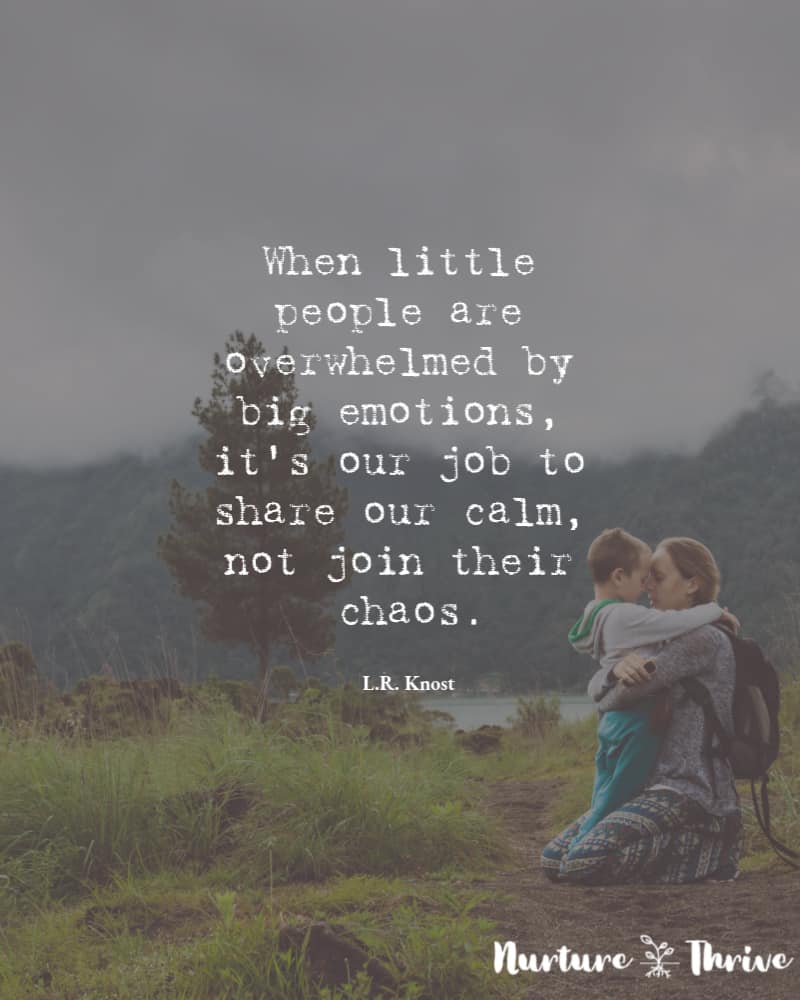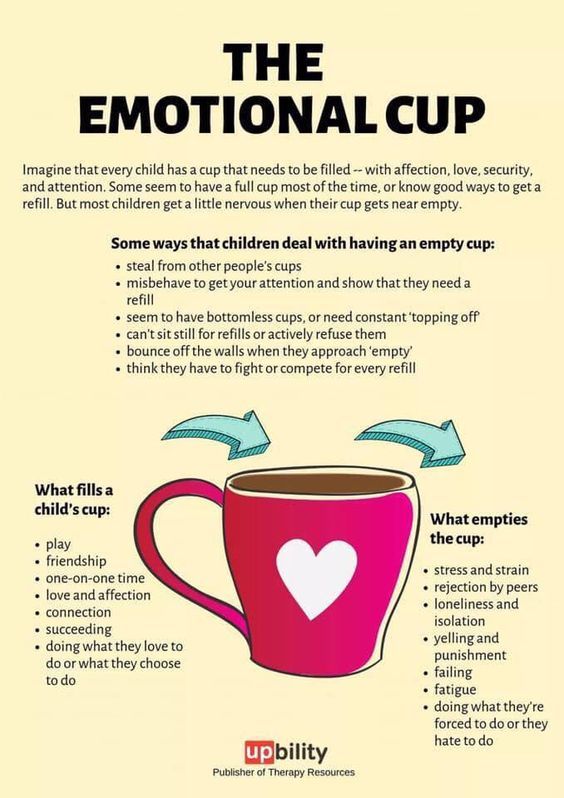
Calming Unsettled Children: Your Guide to Grace Under Pressure
Let’s be real: calming an upset child can sometimes feel like trying to defuse a ticking time bomb—with an audience. You’re patting bottoms, rocking like you’re auditioning for a rodeo, and tossing out distractions faster than a magician with a deck of cards. Meanwhile, your heart is racing, your shoulders are up near your ears, and nothing seems to be working
Sound familiar?
Here’s the deal: children are tiny emotional sponges. They feel everything we feel—our tension, our stress, our panic—and reflect it right back. Infants and toddlers are pros at reading our body language (and, let’s face it, they’ve probably noticed that we didn’t get enough sleep last night). When we’re wound up, it winds them up even more.
So, what’s the secret to calming a child?
It starts with calming yourself.

Step 1: Hit Pause and Breathe
Take a loooong, deep breath. Seriously. Inhale for four counts, hold it for four, and exhale for four. Do this a few times until you feel the tension start to melt away. Your calmness is the foundation for theirs.
Step 2: Release the Tension
Check in with your body—are you clenching your jaw? Are your shoulders creeping up to your ears? Relax those muscles, especially in your face. Unclench, un-tense, and let go of the stress you’re holding.
Step 3: Ditch the Distractions
Here’s the thing: we don’t need to “fix” their feelings. When we distract a child from their emotions, we’re essentially saying, “It’s not okay to feel this way.” But emotions are meant to be felt—they’ll pass naturally if we let them. Channel your inner Magda Gerber and remind yourself: it’s okay for children to express their feelings.
Step 4: Be Present and Supportive
- Offer Comfort: Hold the child if they want to be held, or stay close with open arms so they know you’re there if they change their mind.
- Acknowledge Their Feelings: Use a calm, soothing voice to validate what they’re experiencing. Say something like, “I can see you’re feeling sad/worried. I’m here for you.”
- Slow Down: No more vigorous rocking or over-the-top distractions. Instead, gently sway, hum, or sing softly. Let your calm energy do the heavy lifting.
Step 5: Step Outside
If possible, take the child into the fresh air. There’s something magical about nature—it has a way of calming both kids and grown-ups alike. Whether it’s a gentle breeze, birds chirping, or just a change of scenery, Mother Nature is the ultimate soother.

Why This Works
Children thrive when they feel safe and understood. By calming yourself first and staying present, you’re creating a sense of security that helps them navigate their emotions. You’re providing a safe space for this child to co-regulate. Children can piggyback off your calmness to find their own.
You’re not just calming the moment—you’re teaching them how to handle big feelings in the future.
So next time you’re in the thick of it, remember: deep breaths, relaxed muscles, and a whole lot of calm energy. You’ve got this! 💕
Download this blog as a printable PDF

written by
Angela Bush
Founder - ECE Learning Unlimited
Bachelor of Education (ECE), Diploma of Nursing, Diploma of Teaching (ECE)
Angela is a degree qualified and registered ECE teacher, multiple ECE centre owner, curriculum leader and business manager of ECE Learning Unlimited. She is also a registered nurse.
With over thirty years in ECE and centre ownership, Angela has a wealth of experience and knowledge in successful ECE leadership and centre management.
Over the years Angela has also had roles as a lecturer in ECE, nanny, teacher, and mentor.
